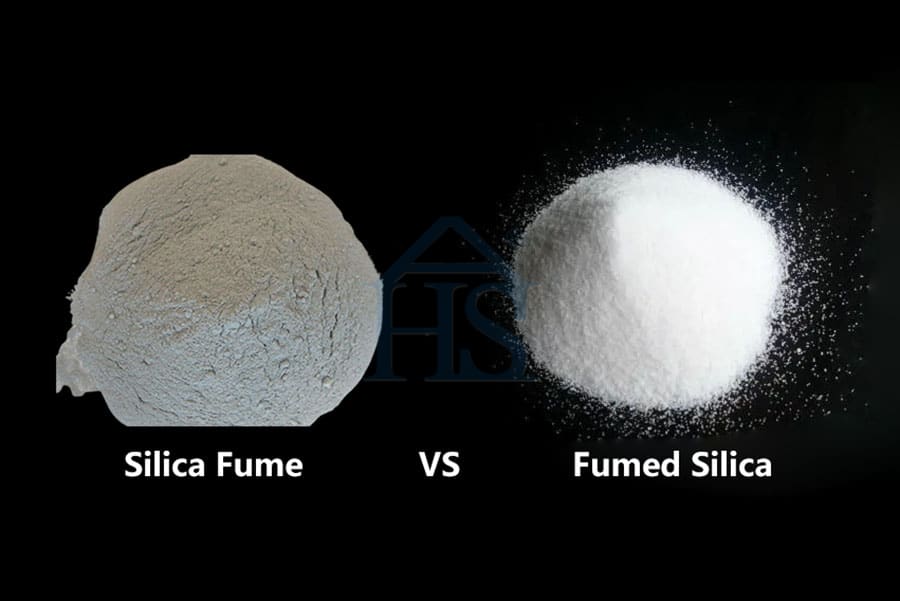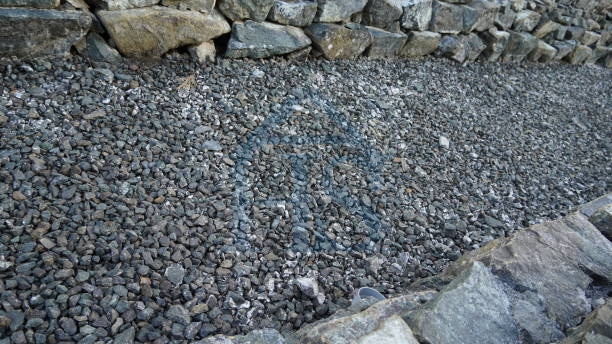Silica fume and fumed silica are two distinct materials used in various industrial applications. Although the names may sound similar, they have different properties, uses, and production processes.
What is Silica Fume?
Silica fume, also known as microsilica, is a byproduct of the production of silicon and ferrosilicon alloys. It is a fine powder consisting of spherical particles, with a diameter ranging from 0.1 to 1.0 micron. Silica fume is a pozzolanic material, which means it reacts with calcium hydroxide in the presence of water to form calcium silicate hydrate, the main binding agent in concrete. Due to its high pozzolanic activity and fineness, silica fume is used as a supplementary cementitious material in concrete, mortar, and grout to enhance their strength, durability, and workability.
What is Fumed Silica?
Fumed silica, also known as colloidal silica, is a synthetic amorphous silica produced by the vapor-phase hydrolysis of silicon tetrachloride in a flame of hydrogen and oxygen. Fumed silica consists of nonporous particles, with a diameter ranging from 5 to 50 nanometers. Fumed silica has a high surface area and a high degree of purity, which makes it an excellent thickener, anti-settling agent, and reinforcing filler in various materials such as coatings, adhesives, sealants, and composites.
Comparison of Properties
Silica fume and fumed silica have different properties that make them suitable for different applications. Silica fume has a high specific surface area (15 to 30 m2/g), a high pozzolanic activity, and a low pH (less than 1.0). It is mainly used in concrete as a pozzolan to improve its strength, durability, and resistance to chemical attack. Silica fume also reduces bleeding and segregation in fresh concrete, and increases its cohesion and viscosity. Fumed silica, on the other hand, has a much higher specific surface area (200 to 400 m2/g), a low bulk density (less than 0.1 g/cm3), and a neutral pH (around 7.0). It is primarily used as a thickener and rheology modifier in various materials such as paints, inks, and coatings, to control their viscosity, flow, and leveling. Fumed silica also improves the mechanical properties, such as tensile strength and tear resistance, of elastomers, plastics, and rubbers.
Production Process
Silica fume and fumed silica are produced by different methods. Silica fume is a byproduct of the production of silicon and ferrosilicon alloys, which involves the reduction of silica in a high-temperature electric arc furnace. The vaporized silica is collected and cooled to form silica fume. Fumed silica, on the other hand, is produced by the pyrolysis of silicon tetrachloride in a flame of hydrogen and oxygen. The resulting silica particles are coated with hydroxyl groups, which make them highly hydrophilic and dispersible in water and other polar solvents.
Conclusion
In summary, silica fume and fumed silica are two different materials with different properties, production processes, and applications. Silica fume is mainly used in concrete as a pozzolan to improve its strength and durability, while fumed silica is primarily used as a thickener and rheology modifier in various materials. By understanding the differences between these two materials, you can choose the one that is best suited for your specific needs.
We hope that this article has provided you with valuable information on silica fume and fumed silica. If you have any further questions or inquiries, please feel free to contact us.





